Palmyra Past and Present
The following report is dedicated to the memory of Khaled al-Assad, the Syrian head of Antiquities in Palmyra, who dedicated his life to the preservation of the ancient oasis city. Al-Assad was beheaded by ISIS forces on August 18, 2015.
For centuries western travelers have made lengthy, at times dangerous, pilgrimages to the Middle East. They have been caught up in what the English writer Rose Macaulay described as “ruin fever,” an obsessive need to wander through the glorious and compelling ruins of the ancient world. Theirs was a fever accompanied almost universally by a need to leave a written and visual record of what they had seen. Today many Middle Eastern countries are off-limits to the hordes of tourists eager to aim their iPhones at remnants of the past.
The caravan city of Palmyra, a UNESCO World Heritage site located in the vast Syrian or Palmyrene desert, is surely the most compelling example of an ancient ruin held in the crosshairs of modern global warfare. Syrian oil and gas fields are located to the northwest of the legendary oasis city.
Since August 2015 when ISIS militants took possession of the site and blew up the Temple of Baalshamin, Palmyra has been repeatedly pummeled by the marauding forces of war. “The heart has been ripped out of this most illustrious of the great caravan cities of the east,” said one observer. For that very reason, records documenting historic Palmyra and other ancient cities serve to remind us of their increased importance in today’s world. That is, if one wishes to consider the past.
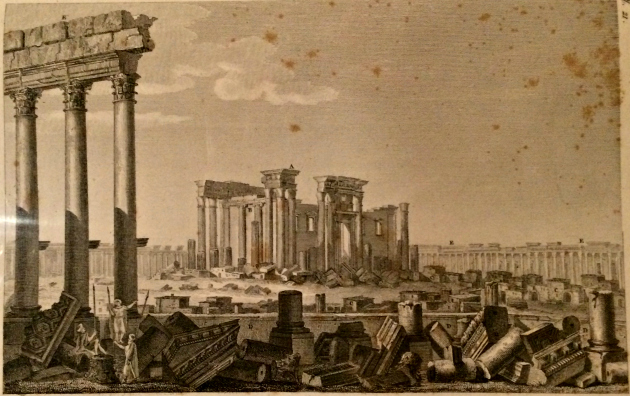
In 1172 a Spanish rabbi claimed to have visited the city where Queen Zenobia once reigned supreme. The Italian Pietro della Valle toured the site in 1616, the Frenchman Jean-Baptiste Tavernier in 1630, and Lady Hester Stanhope—the extravagant and loopy niece of Sir William Pitt—in 1813. Les Ruines de Palmyre, Robert Wood’s record of his 1751 journey to Palmyra with drawings by the Italian draftsman Giovanni Battista Borra, is currently on display in the Peluso Family Exhibition Gallery. Borra's drawings record monuments, such as the first-century Temple of Bel, that have recently been blown to smithereens. Even if reconstructed from the fragments of the past, Palmyra will never again be the oasis city the British traveler Gertrude Bell once described as “the loveliest thing I have seen in this country.”
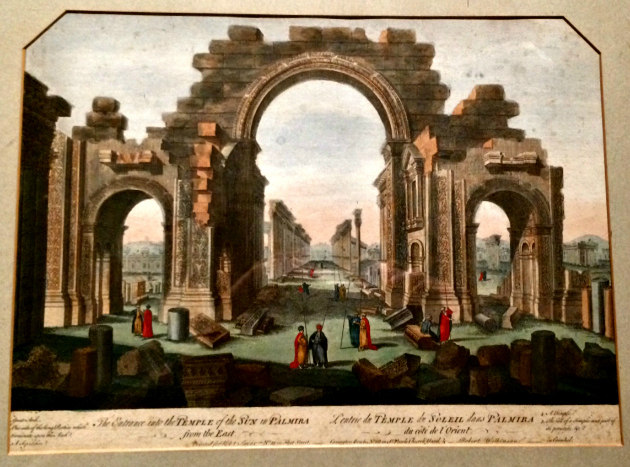
Ten years ago, an Italian friend of mine visited Palmyra during a month-long tour of the Middle East. Here are some of Germana’s photographs, taken not in an age of innocence but before the latest round of hellish destruction in the Palmyrene desert. A tourist’s snapshot of the Roman theatre, which recently sustained brutal damage to its structure, serves to remind us of the fragility of the past. Here shards of ancient beauty, broken in modern warfare, join the desert floor.
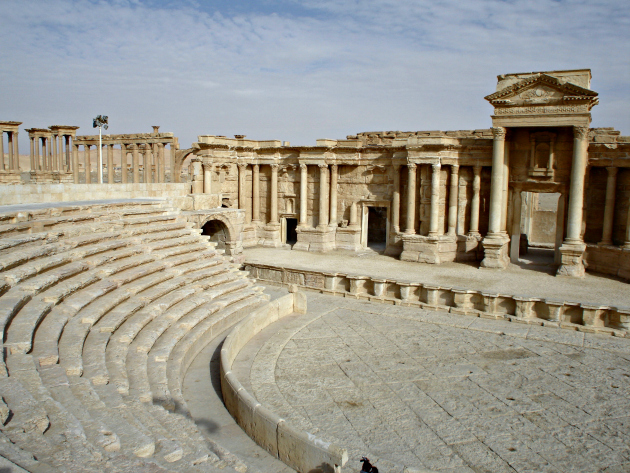
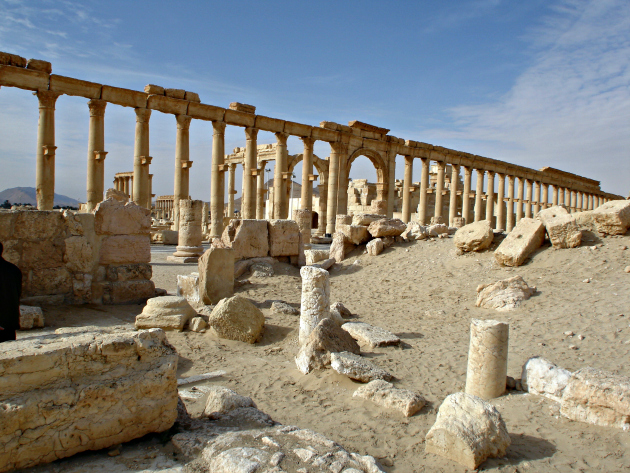
The Library's current exhibition, Broken Beauty, curated by Harriet Shapiro, is open to the public in the Peluso Family Exhibition Gallery through August 31, 2017.
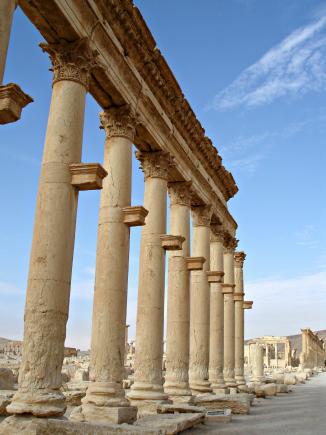

Disqus Comments